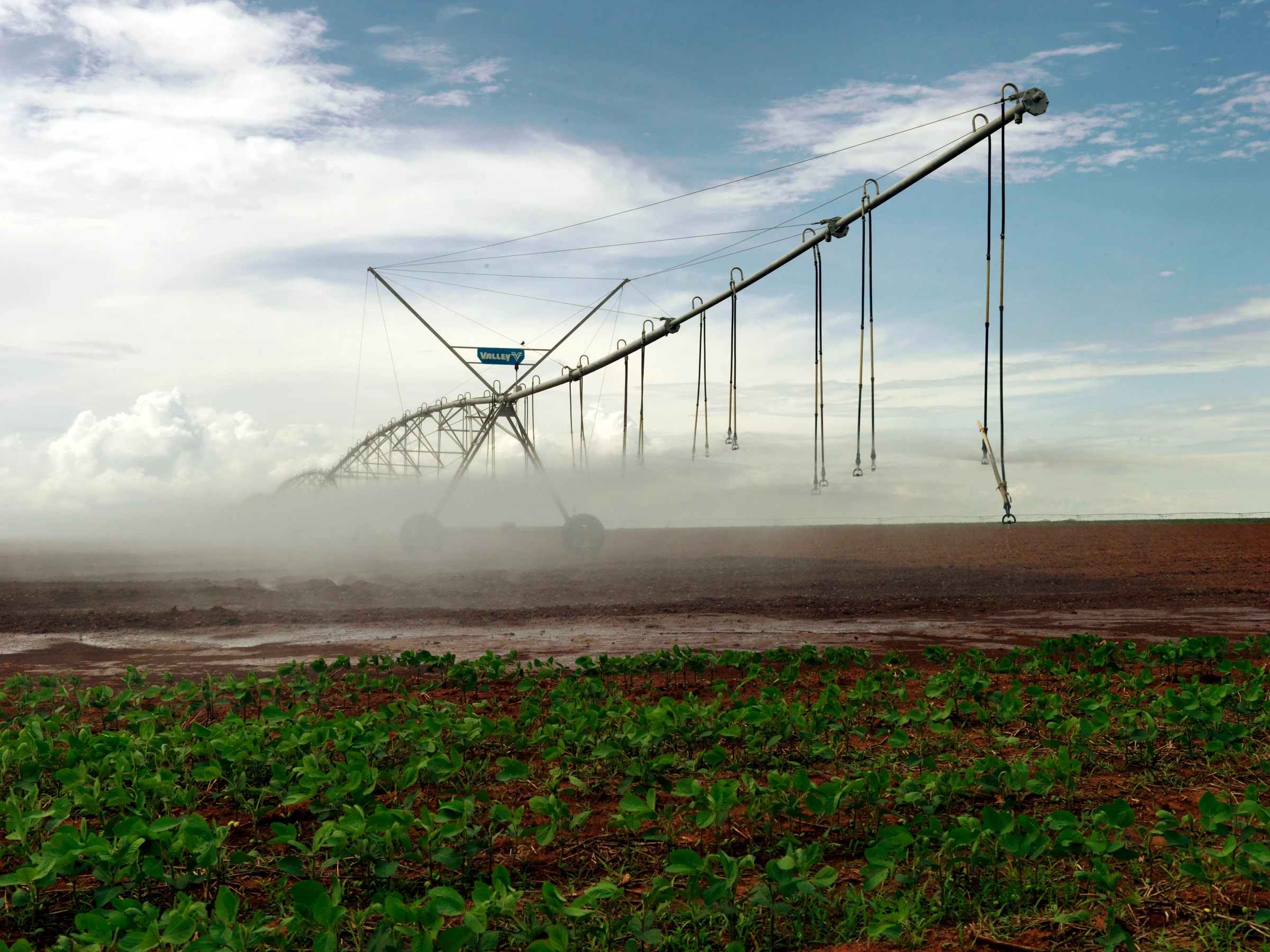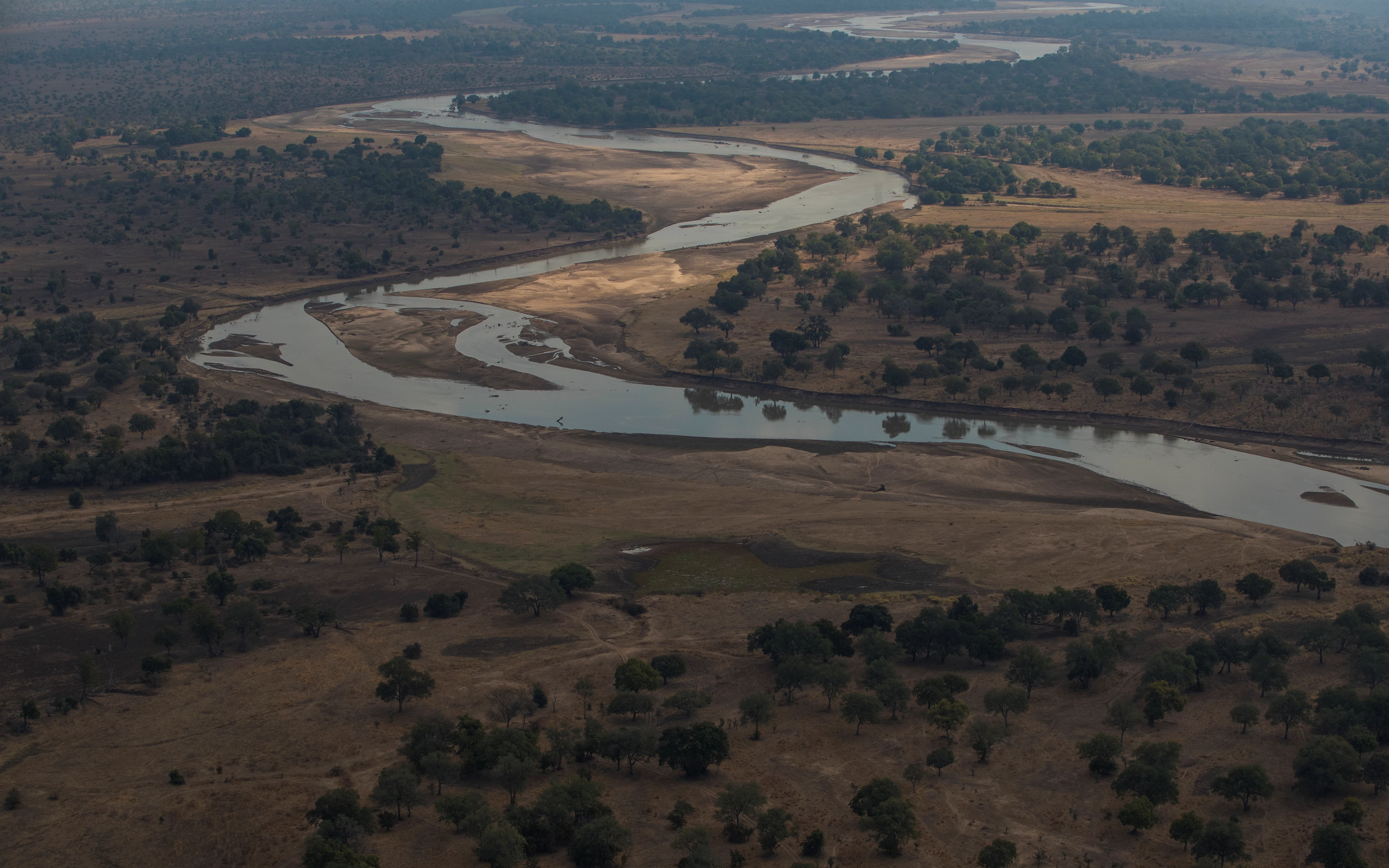The water data debate: Why contextual water metrics in ESG are needed for investors’ risk management
A blog by Nicolas Poolen (Green Finance Advisor, WWF-NL) and Alexis Morgan (Global Water Stewardship Lead, WWF-DE)
Imagine, you are a soy producer experiencing changing rainfall patterns that reduce your yield and jeopardize your financial returns. Now imagine that the cause of these changing patterns is partly due to different industries, located thousands of kilometers away. This example was highlighted in a recent study published in the journal Nature. Researchers found that deforestation in the Amazon, largely due to cattle production, is changing weather patterns across the Southern Brazilian Amazon by shifting atmospheric river patterns. That in itself is a cause for alarm, but the authors calculated that these changes could result in future productivity losses of US$1 billion annually for downstream soy producers.
The implications of these shifts are not limited to the farmers who directly experience them. Diversified investors with exposure to both industries may be caught off guard by the fact that an activity by one industry (cattle production) can cause water-related risks to another (soy production). The study reminds us of how urgent and complex water-related risks can be, and the limitations that hamper our ability to capture these risks. In our new discussion paper, in collaboration with Deltares and Achmea Investment Management, we review the current state of play on water ESG data, and provide recommendations on the crucial next steps.

Over the past decade water-related risks have consistently emerged at the top of Globally Faced Risks in the World Economic Forum’s Global Risk Report. The recent IPCC report also highlighted how water might be central to how the ever-increasing impacts of climate change, reinforced by biodiversity loss, will be felt; too little water, too much water, and changes in water quality. Water issues can also have severe secondary impacts, such as the increased frequency and severity of forest fires due to more frequent droughts or groundwater-abstraction driven land subsidence.
The traditional view on water ESG data
Investors and their data providers have traditionally aimed to approximate their portfolio’s water risks using a narrow view of water risks, and the corporate response to mitigate these risks. Water risk exposure is traditionally only covered by reviewing basin water stress, which entails the ratio between total water withdrawal and available renewable surface water. The response to these identified water risks is generally captured by water use efficiency metrics. These two metrics have been the foundation of the water aspects of investors’ ESG integration efforts and shareholder engagements.
More insights in the local contexts matters
Water data needs to be more detailed for several reasons. Firstly, water risks are defined by a much broader set of factors, such as water scarcity, water quality, and access to water. Water, therefore, requires a much broader coverage of the issuer’s responses to these risks, such as flood management. Secondly, water risk parameters are not linear. For instance, high amounts of nutrients can be risky from a water quality perspective, and similarly, too little nutrients as well. Thirdly, traditional ESG metrics do not account for water dynamics in time and space. For instance, nationally reported water scarcity, used by data providers, can create averages out of very wet (e.g., Chile’s Patagonia) and very dry areas (e.g., Chile’s Atacama Desert), as well as wet and dry seasons. Therefore, it is critical to understand issuers’ supply chain and local contexts when it comes to water.

Don’t forget about the cascading risks
A key theme related to both risk exposure and corporate response data usage by investors is the lack of consideration of 'cascading risks'. The term refers to the phenomenon where the manifestation of risk extends beyond a single operation and affects or creates new, or aggravated risks for other stakeholders. This dynamic is inherent to water, given that interventions upstream in a water basin are naturally felt by stakeholders downstream. The Amazonian case mentioned above is a perfect example of how risks that originated in one place, can cascade and have impacts in other locations.
Diversified investors with exposure to multiple actors in a basin have a clear incentive to assess and mobilize a response to cascading risks, for example by engaging in collective multistakeholder efforts. Understanding these issues requires a comprehensive understanding of all the various dimensions mentioned above, including the activities of stakeholders that may experience the cascading effect. There are clear examples of companies already acting as basin stewards, addressing the cascading of water risks beyond their own operations. These groups are contributing to the long-term mitigation of water risks for all stakeholders, and thus the operations or supply chains of other potential investees, in the wider basin.
The way forward
Efforts are underway to reduce the gaps in water data, some of which are highlighted above. In the 2018 revision of Global Reporting Initiatives Water & Effluent reporting guidance (303) the GRI incorporated extensive references to contextual water metrics, beyond just water stress and efficiency. There is a strong need for aligned methods and metrics for water data that comprehensively cover all dimensions of water-related risks and their relevant responses. This needs to go hand-in-hand with the development and collection of asset-level data that will unlock insights into local cascading water risks.
There is a large upside that can be gained from improving water risk management by investors. It will enable investors to act on more water risks, and to identify new potential opportunities that can deliver benefits to a greater range of stakeholders. There has been an increasing drive towards context-specific water risks in recent years and, along with the exponential increase in data available, this points to a promising future of rigorous water and ESG performance for all.
'Bridging The Gaps In ESG Water Data To Create Opportunities'
A discussion paper for investors, created by WWF, Deltares and Achmea
